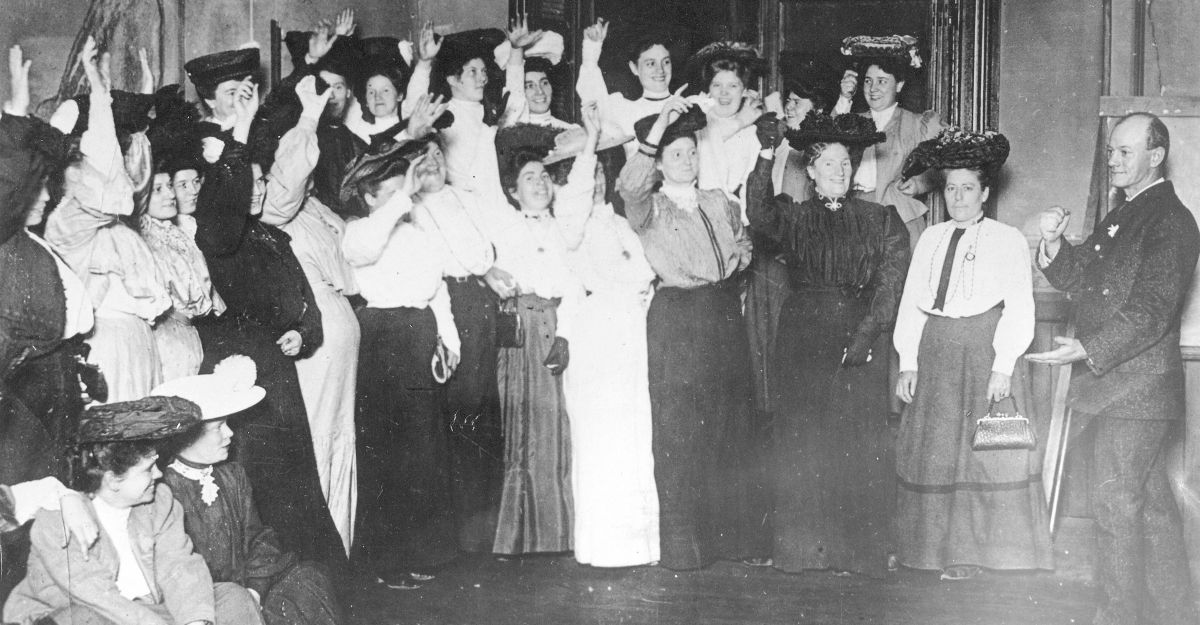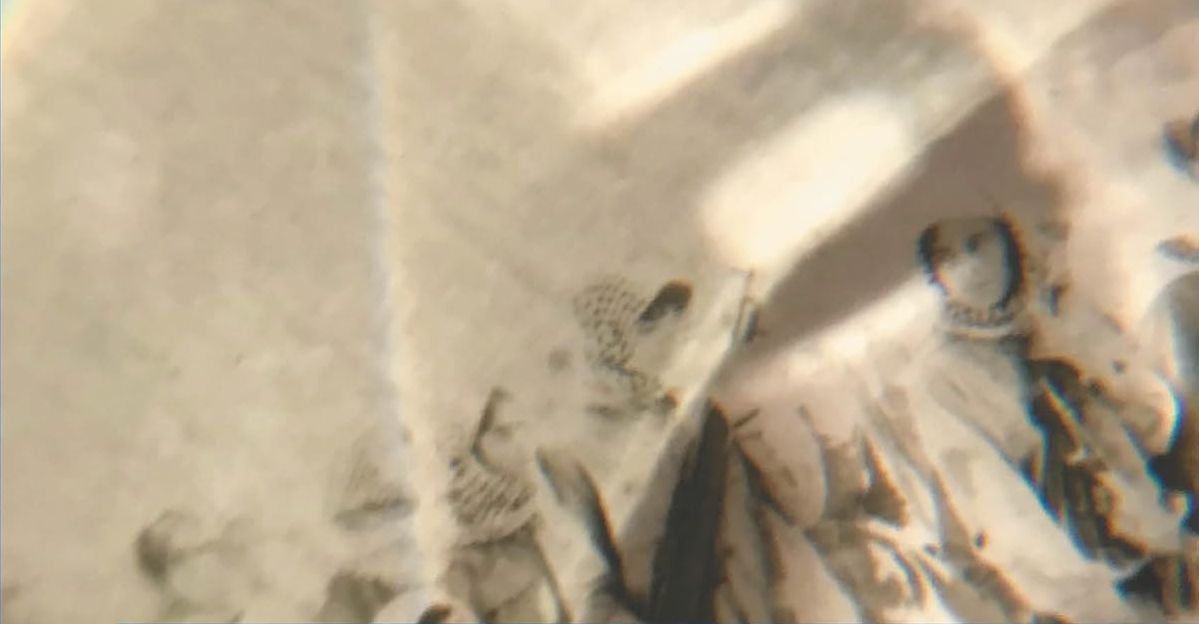Over the last few years, creative expressions of Indigenous-refugee solidarities in Australia have been gaining momentum.
The 2016 play Tribunal, for instance, drew parallels between Indigenous and refugee communities, including experiences of incarceration, racism and the prevalence of suicide. The play, presented by Griffin Theatre and Powerhouse Youth Theatre, used as its premise a truth and reconciliation commission of the kind that was implemented in post-apartheid South Africa. In this case, the high commissioner was Indigenous elder Aunty Rhonda. In a participatory format, the tribunal heard cases based on real stories from social workers, lawyers, activists and leaders regarding the truth and lies of who is an asylum seeker, as the audience bore witness.
In the same year, Western Sydney-based Urban Theatre Projects staged Home Country in a Blacktown carpark. This creative production interwove three stories of Indigenous and migrant communities: a story about the Blacktown Angels; a Greek-Australian monologue; and the multi-racial story of Zaphora and Ali.
Vernon Ah Kee’s The Island stands out among these projects for its conceptually innovative and aesthetically evocative forging of the connections between Indigenous and refugee communities in contemporary Australia. Born in Queensland, Ah Kee is a conceptual artist and a founding member of the Brisbane-based proppaNOW artists’ collective. Exhibiting from the early 2000s, Ah Kee has worked in video, installation, photography, painting, printmaking and drawing. His work frequently critiques mainstream Australian culture through the prism of race, particularly in its centring of Aboriginal perspectives.
While his work exists in major collections, Ah Kee tells me he finds a particular comfort in showing his work in smaller venues in the Western Sydney subrubs of Campbelltown, Casula and Blacktown. The demographics of diverse audiences in these galleries means he can ‘go further, nudge things.’
Perhaps Ah Kee’s most famous work is tall man (2010), a video work documenting the response of the Indigenous community on Palm Island to the tragic death in custody of an Aboriginal man, Cameron Doomadgee. As Ah Kee’s own mother was born on Palm Island, he tells me that his family has suffered from ‘engineered hopelessness’, and he has vested interested in what happens there.
As I enter the darkened space of the gallery in Campbelltown, riot shields hang from the ceiling. At face value, this has nothing to do with any notion of an island, except if one is familiar with Australia’s colonial history of incarceration, with its current repercussions, and with Ah Kee’s oeuvre. Moving through the rooms on the left, one sees Ah Kee’s previous drawings and vinyl, as well as new etchings that call out racism through poignant words. These include works like ‘If I was White’ (2002) and statements such as ‘everyday i achieve something because i was born in this skin everyday i concede something because i was born in this skin’ in bold black letters. In this new context, Ah Kee’s old works become even more powerful truth-telling mechanisms.
Suddenly faced with a video featuring a mother playing with her son and speaking in what appears to be Arabic, I wonder if we are still in the correct exhibition. Ah Kee is commenting on the lives of refugees settled in Australia, and those waiting in limbo on remote islands. This becomes manifest through a three-channel video work in which a refugee couple’s voice-over speaks of their experiences in offshore detention (in English), laced over images of islands, deserts and barbed wire.
This work becomes the heart of the show: Ah Kee centres an island story that has been rendered almost invisible in our national consciousness. In our phone conversation, he reminds me that Aboriginals faced similar arbitrary detainment on missions and reserves in islands in the 1920s and 30s. He adds that this has produced generational trauma, which is likely going to be the case for refugees too for some time to come.
There is another kind of seascape that remains iconic of mainstream Australian culture: the beach. Ah Kee doesn’t spare this icon, giving it an ironic twist in staged photographs featuring Indigenous men posing on the beach with surfboards featuring rainforest designs. Placed in the middle of the room, these surfboards stand erect, and video of barbed wire and waves is projected onto them. For Ah Kee, this is a commentary on the Cronulla Riots of 2005, which is another racial issue denied by the mainstream.
As I step out and glance at the riot shields again, I think of them as the protective armour that needs be discarded before entering this re-created island of trauma and connection. This armour may be unconscious, but it prevents many settlers – not just European Australians – from fully accepting the history and present of the land which has consistently cordoned off those staking a claim to it to nearby islands.
These claims may be on the grounds of sovereignty, or international law, or humanity, but they have been met with the same outcome.
What does the drawing of these parallels mean for the current state of play? Researching in the field of refugee-themed media narratives, I am aware of the long road ahead before art and advocacy have a direct impact on policy. However, I find hope in creative practitioners using their work to link the issues of their communities to other communities, building vital solidarities. Ah Kee himself is of the view that Indigenous communities should be advocates for refugees and engage with them more fully.
It is in these solidarities that new doors can be opened: for researchers, for advocates, and for policy makers to gather evidence, build critical mass and mobilise for change.






